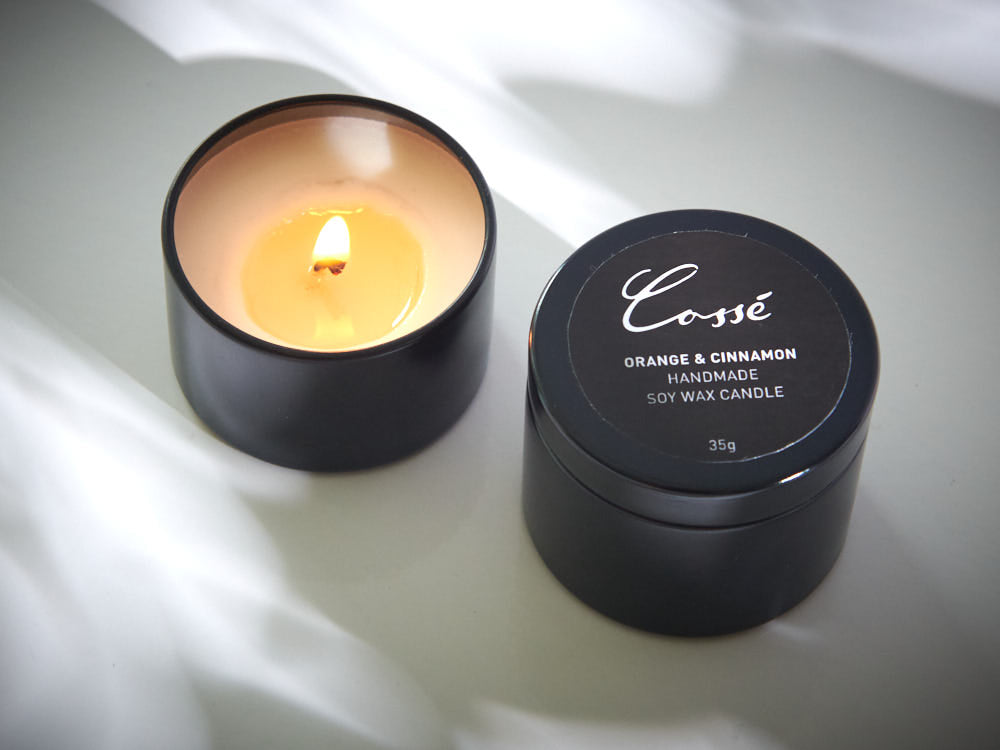Boost Your Area with Premium Soy Wax Candles and Home Fragrance
Boost Your Area with Premium Soy Wax Candles and Home Fragrance
Blog Article
From Wick to Wax: Understanding the Chemistry Behind Soy Wax Candles and Their Ecological Impact
As we brighten our spaces with the warm glow of candles, there exists a realm of elaborate chemistry behind the relatively simple act of lighting a soy wax candle light. The selection between soy and paraffin wax prolongs past mere visual appeals, diving right into the realm of environmental effect and the extremely structure of the products. Recognizing the molecular structure of soy wax and its burning process clarifies the exhausts released right into our surroundings. Join us as we untangle the clinical intricacies behind soy wax candles and explore their effects on our setting.
Soy Wax Vs. Paraffin Wax
When contrasting soy wax and paraffin wax for candle production, it is vital to recognize the distinctive qualities and benefits of each product. Soy wax is an all-natural, renewable resource stemmed from soybean oil, making it environment-friendly and naturally degradable - soy wax candles. In contrast, paraffin wax is a by-product of petroleum refining, which elevates problems concerning its environmental impact and sustainability
Soy wax candle lights melt cleaner and give off less residue compared to paraffin wax candle lights, making them a much healthier choice for interior air high quality. In addition, soy wax has a lower melting point, permitting a longer-lasting candle light that distributes scent extra effectively. Paraffin wax, on the other hand, has a tendency to melt faster and less cleanly, possibly releasing dangerous chemicals into the air.
From a sustainability point of view, soy wax is preferred for its biodegradability and sustainable sourcing, lining up with the growing consumer choice for ecologically conscious products. While paraffin wax has actually been a standard selection in candle light making due to its affordability and ease of usage, the shift in the direction of environmentally friendly alternatives like soy wax is acquiring energy in the market.
Chemical Composition of Soy Wax

Combustion Refine in Soy Candles
The chemical structure of soy wax directly affects the combustion procedure in soy candles, impacting factors such as melt time, aroma release, and ecological influence. When a soy candle light is lit, the warmth from the flame melts the wax near the wick.
The burning performance of soy candles is affected by the purity of the soy important site wax and the high quality of the wick. A clean-burning soy candle with a correctly sized wick will certainly create a steady flame and minimize soot development. This not only prolongs the melt time of the candle light but additionally enhances the release of scents. Additionally, soy wax candles have a lower environmental influence compared to paraffin candles due to their eco-friendly and eco-friendly nature.

Environmental Advantages of Soy Wax

Thought about a sustainable alternative to typical paraffin wax, soy wax offers significant ecological benefits that make it a popular choice amongst eco-conscious customers. One considerable advantage of soy wax is its renewable sourcing. Soy wax is derived from soybean oil, which is predominantly grown in the United States. The cultivation of soybeans assists sustain neighborhood farmers and decreases the dependence on non-renewable nonrenewable fuel sources used in paraffin wax manufacturing. In addition, soy wax is naturally degradable, implying it breaks down naturally without launching dangerous contaminants right into the environment. This particular makes soy wax candle lights a more eco-friendly option compared to paraffin wax candles, which are made from oil, a non-renewable resource. Moreover, soy wax burns cleaner and creates much less soot than paraffin wax, contributing to much better indoor air quality and decreasing the requirement for cleaning and maintenance. In general, the environmental benefits of soy wax line up with the expanding demand for sustainable and environmentally friendly items in the marketplace.
Recycling and Disposal Factors To Consider
Reusing and proper disposal of soy wax candles play blog here a crucial function in keeping environmental sustainability and minimizing waste in homes and neighborhoods. When it comes to reusing soy wax candle lights, the first step is to ensure that the candle has actually melted totally.

In terms of disposal, if recycling is not an option, soy wax candles are eco-friendly and can be safely gotten rid of in most home waste systems. Nevertheless, it is constantly advised to get in touch with local recycling facilities or waste administration services for details standards on candle disposal to ensure appropriate handling and environmental management.
Final Thought
Finally, the chemistry behind soy wax candles discloses their environmental advantages over paraffin wax candles. Soy wax, obtained from soybean oil, burns cleaner and generates much less soot when contrasted to paraffin wax. The combustion procedure in reference soy candle lights is more reliable, leading to a much longer and extra even melt. Additionally, soy wax is sustainable and biodegradable, making it an extra sustainable option for candle production. Reusing and appropriate disposal of soy wax candles further add to their environmental influence.
When comparing soy wax and paraffin wax for candle light making, it is crucial to recognize the unique features and benefits of each product (soy wax candles).Soy wax candle lights melt cleaner and emit much less residue compared to paraffin wax candle lights, making them a healthier selection for indoor air quality.Thought about a lasting alternative to typical paraffin wax, soy wax uses noteworthy environmental benefits that make it a preferred choice amongst eco-conscious consumers. Soy wax burns cleaner and generates less residue than paraffin wax, contributing to much better interior air top quality and decreasing the need for cleaning and maintenance.In final thought, the chemistry behind soy wax candle lights reveals their ecological advantages over paraffin wax candle lights
Report this page